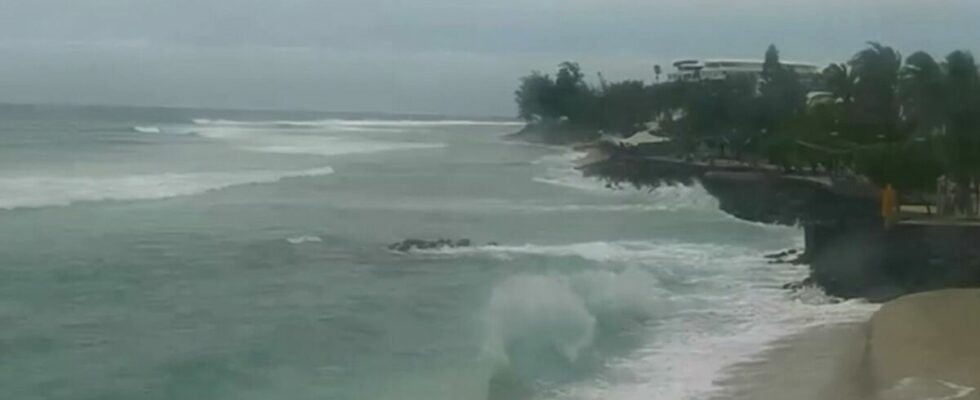Cyclone Belal threatens Reunion Island. Sunday January 14, 2024, the red alert was triggered at 8 p.m. by the prefect of the island located in the Indian Ocean. As reported LCI, Jérôme Filippini called on the 870,000 inhabitants to “confine yourself to a safe place” until the situation calms down. “Belal is heading towards a cyclone that could mark the history of Reunion Island”estimated Sébastien Langlade, head of forecasting at Météo-France La Réunion, with theAFP. According to him, winds could exceed 200 km/h on the coast and 250 km/h “see more” on the heights of Reunion. “Destructive and devastating winds which can cause great damage., added the specialist. To deal with this predicted meteorological disaster, the red alert was therefore triggered. This is one of the highest levels used by Météo-France to warn populations. In total, the official service uses five: yellow, orange, red, purple and gray. In general, each level corresponds to a particular risk, the distance that the cyclone remains to travel and to the power of the winds expected. The yellow alert corresponds to a “cyclonic pre-alert” and to a “potential threat in the days to come”. Orange takes into account a “danger in the next 24 hours”while the red one, the one triggered for cyclone Belal, announces a “imminent danger”.
Cyclonic red alert: what rules to follow?
The extremely rare purple alert designates a tropical cyclone “with cyclonic winds of more than 200 km/h”. Finally, gray represents good news since it exists when the threat is over. When deploying a red alert, the authorities advise listening to the radio, going to your house or the nearest accommodation center, not going out, moving away from windows and “do not telephone except in cases of extreme necessity, to avoid saturating the telephone lines used by emergency services”. This is what the inhabitants of Reunion Island will have to do on January 14, 2024. “You must prepare your reserves, your survival kit, your equipment. It is imperative to know where you are going to take shelter. You need hard accommodation that is not on the edge of a river, ravine or seaside.”, warned the prefect of the island. According to Céline Jauffret, interregional director of Météo-France for the Indian Ocean, Cyclone Belal is expected to transform into an intense tropical cyclone. “We are in a higher range of values, which will remind us of episodes of Firinga in 1989”, she added. On January 29, 1989, this cyclone which crossed the island caused four deaths, thousands of victims and considerable material damage.
